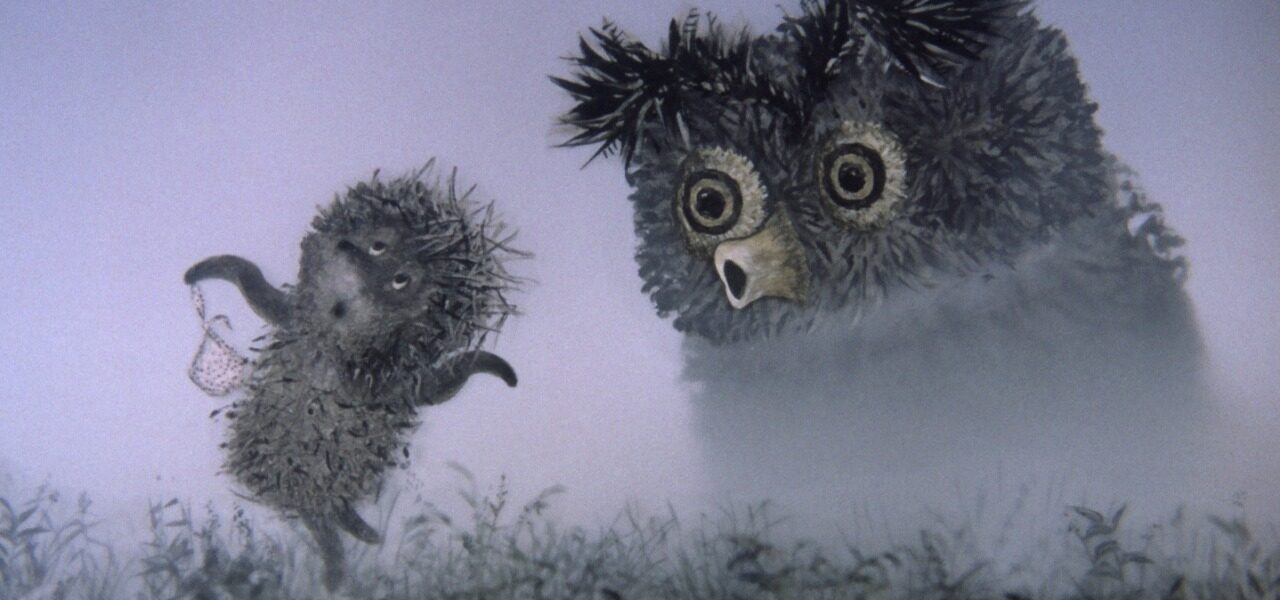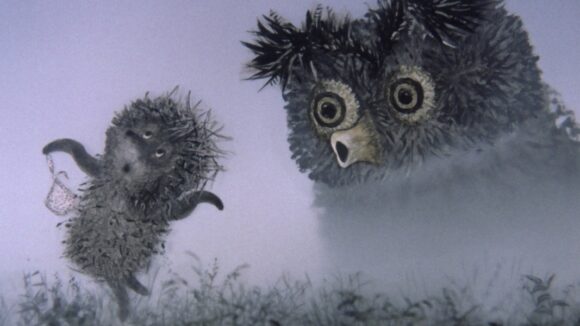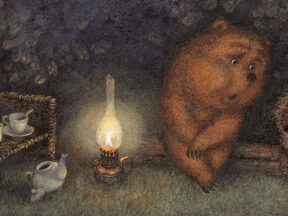

Russian Animation In The Fog: How Studios Are Adjusting To An Uncertain Future
On April 11, Yuliana Slashcheva, chairman of the board of Moscow-based animation studio Soyuzmultfilm, published a column with Russian media outlet Snob in which she carefully addressed the current state of the Russian animation industry.
In the piece, she also discusses the ins and outs of Soyuzmultfilm – one of Russia’s oldest and largest studios, including the company’s mission, its position as a holding company, her own favorite cartoons, and whether she believes her role as the first woman chairman of the board is significant.
For most readers outside of Russia though, her comments about the impact of Russia’s invasion of Ukraine – she only ever refers to it as “the situation” in her piece and never mentions Ukraine – are noteworthy. (It’s worth mentioning that Snob was recently red-flagged by pro-Kremlin political news site politonline.ru as one of the country’s most anti-Russian media outlets. Russian sites like Snob, therefore, have had to limit their vocabularies when referring to the war in Ukraine.)
At the beginning of the decade, Russian animation producers developed a plan to grow the country’s global footprint in terms of animation production and exportation. That strategy is now in need of a complete overhaul as many Western countries have levied cultural sanctions against Russia, while other past and potential partners are unofficially refusing to deal with Russian companies for the time being. Says Slashcheva:
In 2020, we created a strategy that the industry should become one of the top ten world animation powers in five to seven years… At the moment, in terms of the volume of the animation market, Russia is near the bottom of the Top 20.
Initially, the plan called for the largest of Russia’s animated production companies to double their export figures. Leading candidates to buy those productions were based in North America, Europe, and Asia, and Soyuzmultfilm already had several deals in place.
At the beginning of this year, the studio had some very good deals to sell our content abroad and enlisted the support of a large production and distribution company in Europe. The growth of international sales was the main goal of Soyuzmultfilm for the next five years. The current situation has completely changed the entire landscape, including our plans. Companies in the U.S., Europe, and Australia have halted their purchases of Russian children’s content, although interest remains.
Needing a new strategy, Soyuzmultfilm is looking elsewhere for potential partners. Slashcheva suggests other Russian studios do the same.
Now we must reorient ourselves to other markets, to where they are waiting for us, where they are ready to see us. This is the Middle East, Asia, and Latin America. I think that this is where the international focus of Russian studios will be concentrated in the next two or three years. And I’m sure we are competitive in terms of quality and cost of our animation.
Exactly how the shift in target markets will change the Russian industry’s top ten ambitions is not addressed in the piece, and perhaps it’s too early to speculate.
Image at top: Yuri Norstein’s “Hedgehog in the Fog” (1975), produced by Soyuzmultfilm. All quotes used in this piece were translated using Google Translate. The full interview, in Russian, can be found on Snob.ru.

